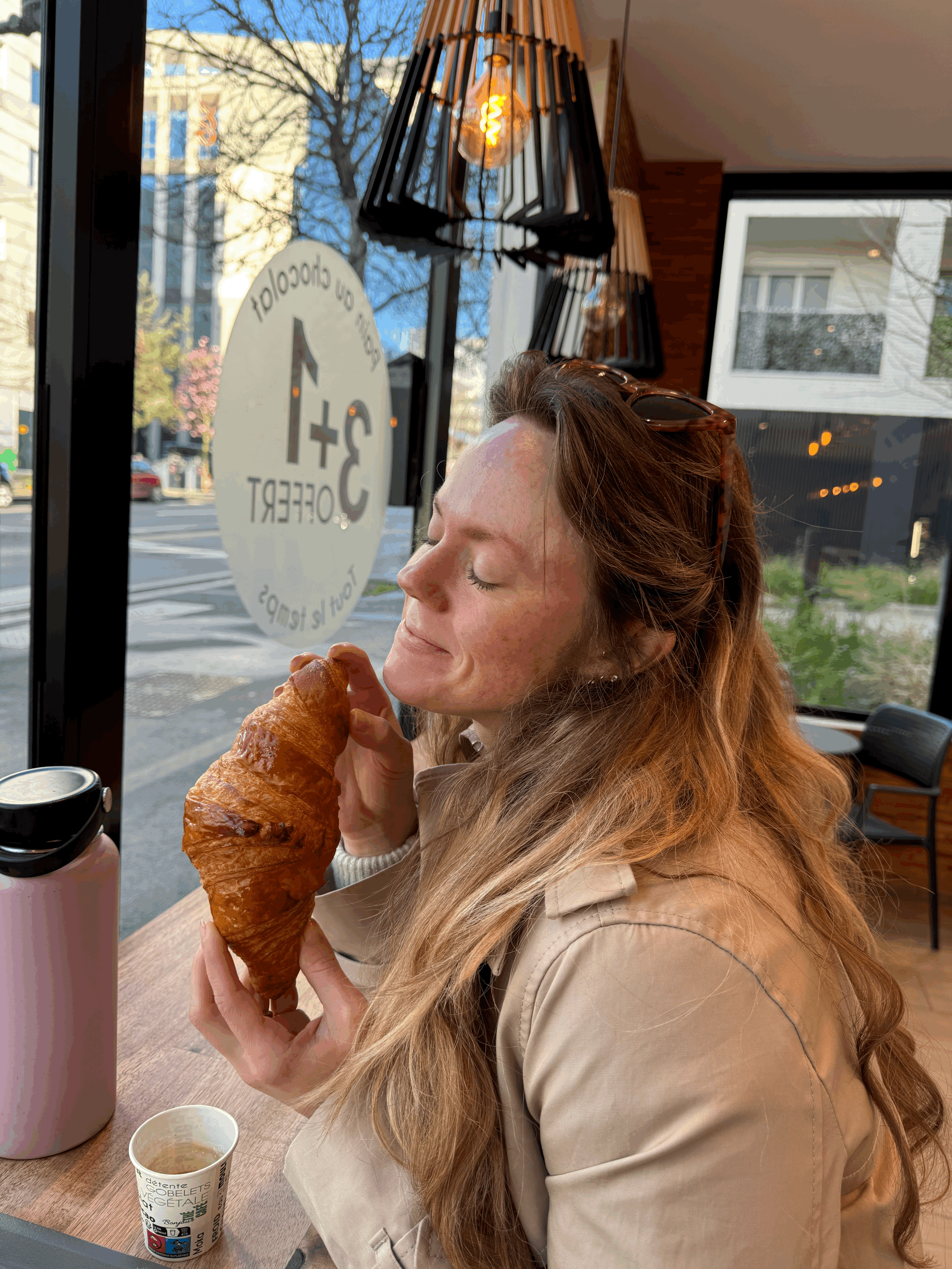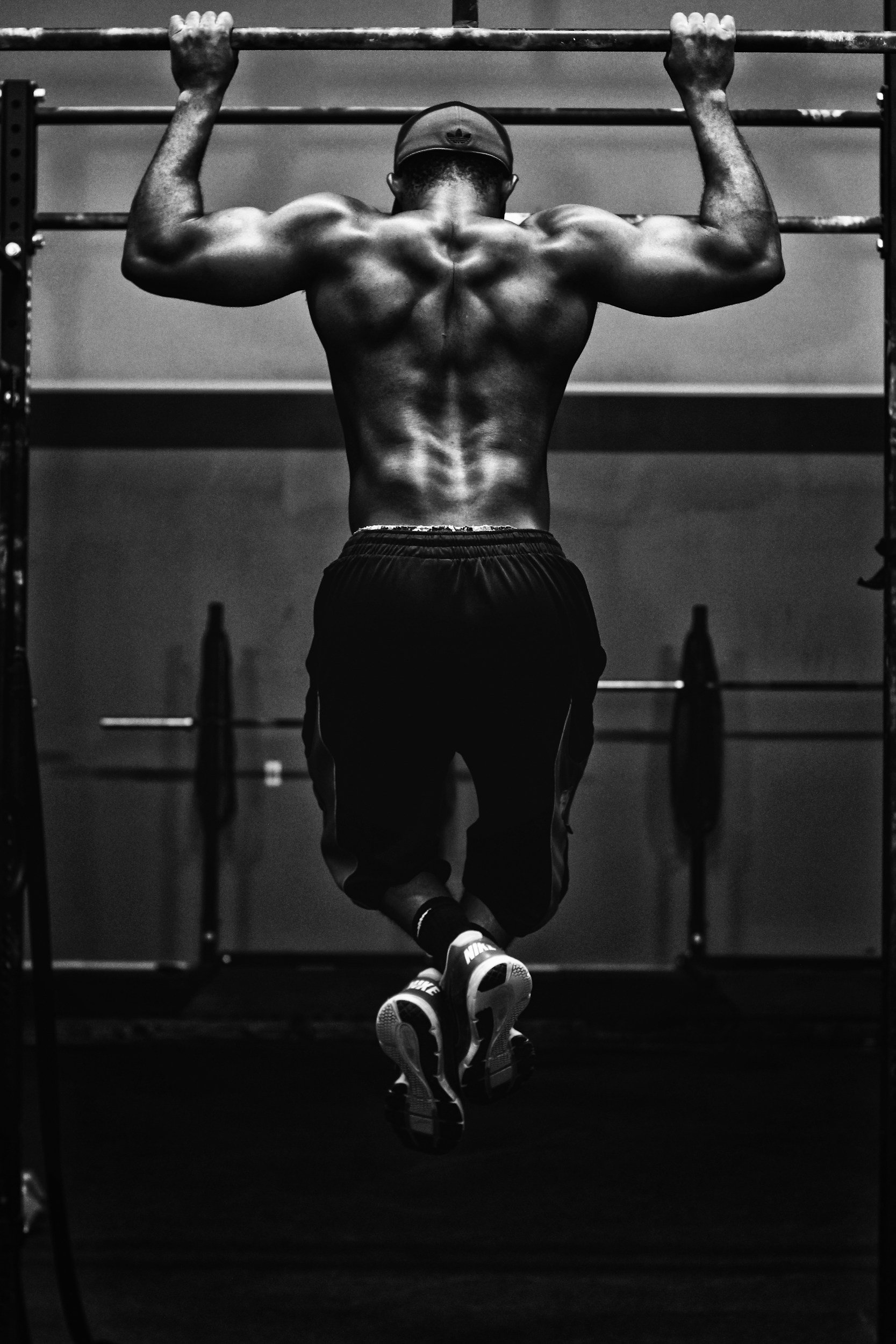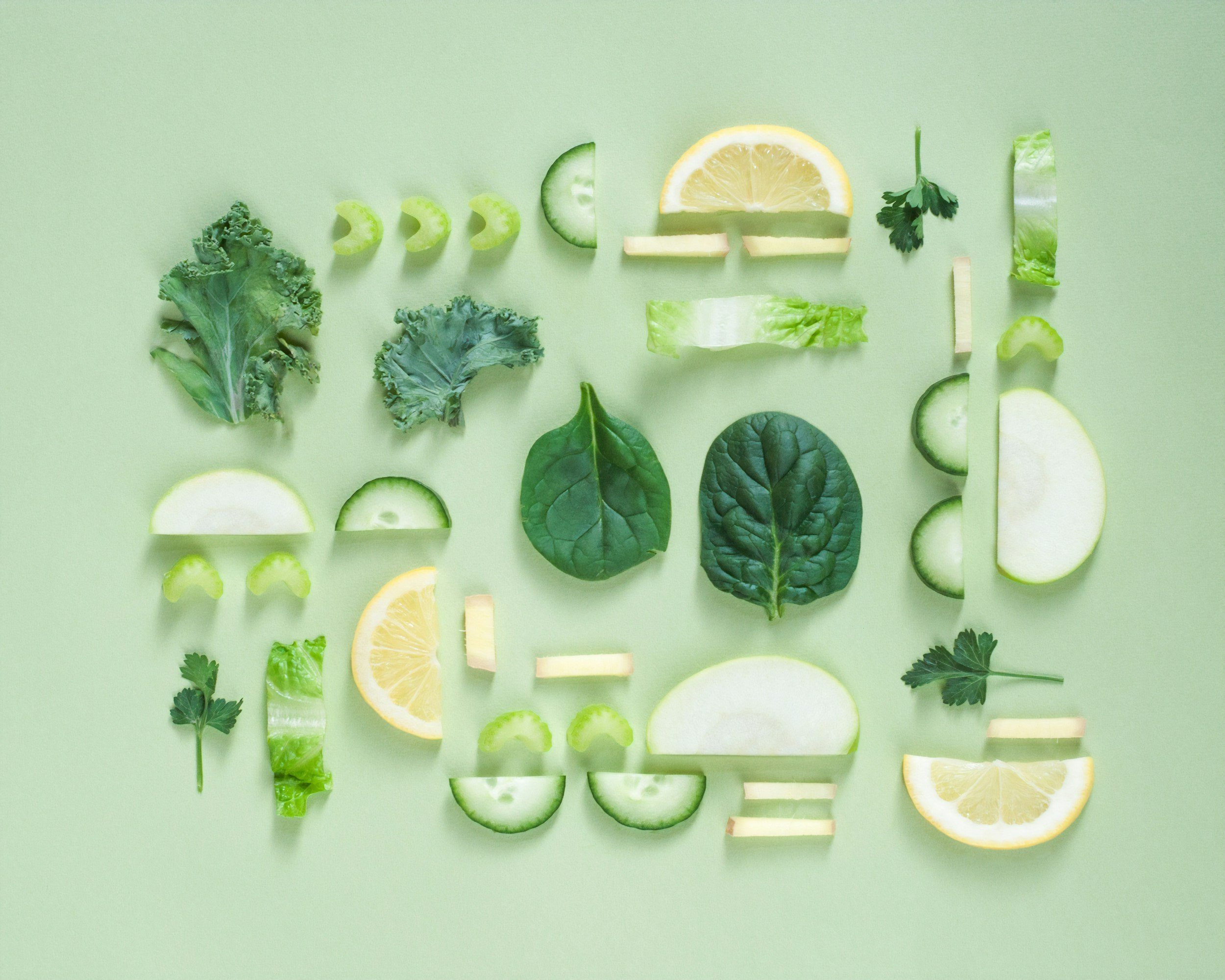
Ehlers-Danlos Syndrome: What Athletes Need to Know (& Why Nutrition Matters)
Athletes with Ehlers-Danlos Syndrome (EDS) face unique challenges with training, recovery, and performance. Learn how personalized nutrition, physical therapy, and smart movement strategies can help manage hypermobility, reduce pain, and support long-term success in sport.

What I’m learning about eating “healthier and happier”
What if cooking didn’t have to be perfect to be joyful? In this blog, I explore how French food culture helped me reconnect with the playful, colorful side of eating — and how you can bring a little of that magic into your own meals. From slowing down to plating with intention, it’s time to rediscover food as a source of pleasure, not pressure.

Why You Can’t Out-train an Under-fueling Problem
Training hard is great, but training smart (AKA fueling properly) is even better. Give your body the support it deserves, and you’ll feel the difference in your energy, strength, and recovery.

How to Break Free from the All-or-Nothing Mindset Around Food
Struggling with an all-or-nothing mindset around food? Learn how to break free from food guilt, stop the binge-restrict cycle, and build a healthier, more balanced relationship with eating.

How Intuitive Eating Can Support Body Image
Intuitive eating (IE) is a holistic approach to eating that prioritizes listening to your body's hunger and fullness cues, rather than relying on external rules or restrictions. IE involves tuning in to your physical sensations and emotions to make food choices that honor your body's needs and preferences.

Why sugar is great for hydration
As an active person, you lose fluids and electrolytes via sweat. And the longer you exercise, the more you will need to replenish with water and sodium to prevent dehydration. Plus, your body requires carbohydrates to continue powering your body.
